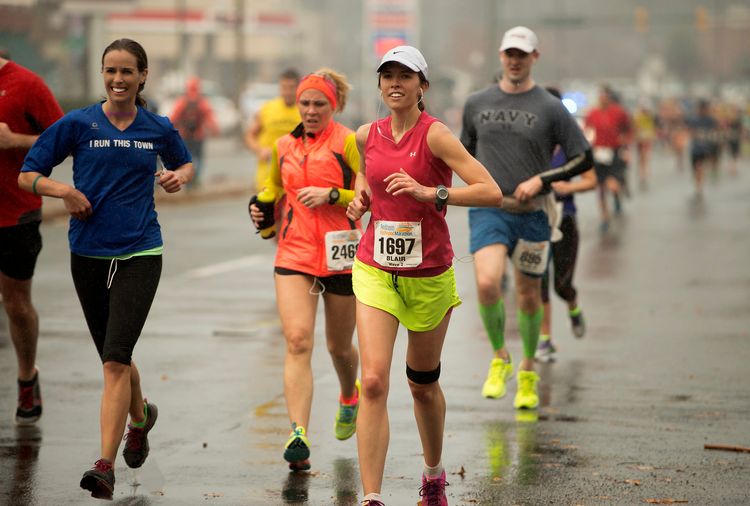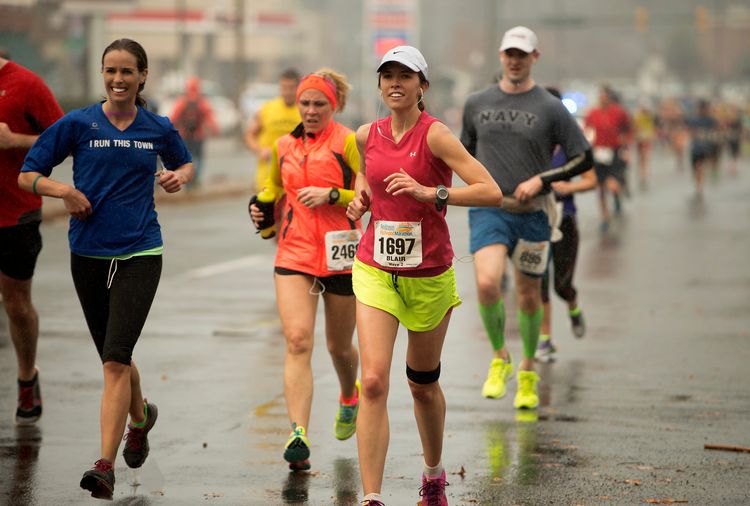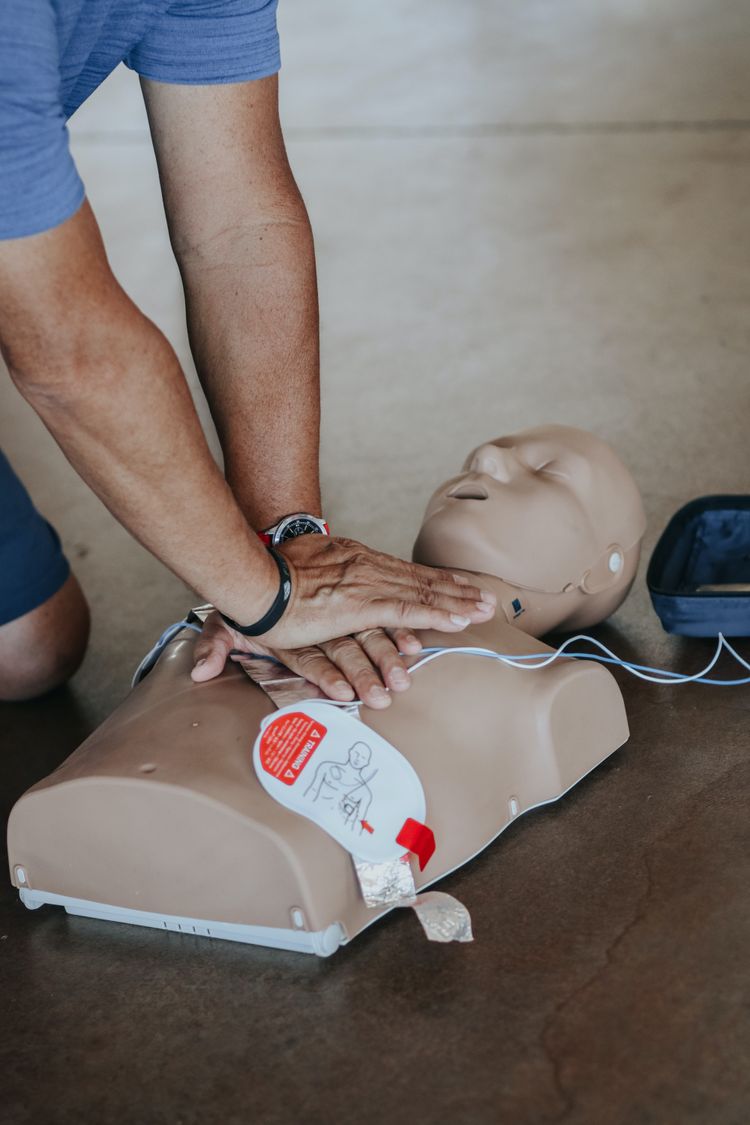🦀 PT Crab Issue 82 - Run Run Y’all.

This week in PT Crab we’re doing a running issue! Y’ll get two articles about it and the King Crab supporters got a whopping 4. It’s the time of year where people lace up their shoes and head out the door. Only to (all too often) head back in the door 40 minutes later with shin splints and pain in their arches. We’d like to prevent that. So let’s get started.
Let’s dive in!
But first, thanks and hello to new subscribers Erin R., Micheal C., John D., Gabby P., Meera, and Debbie N.!
Now, let’s go.
What Running Coaches Think About Injuries
The Gist - Runners work in packs. We’ve all seen it. Sure, there’s the occasional loan wolf stalking the wild miles in solo silence, but these urban predators tend to move in free flowing pack organizations. Scientists aren’t yet sure why, but research is happening. Some of that research appears here, where a couple of Brits asked 100 running coaches and group leaders that they think about prehab and injury prevention strategies in general.
Good news! Most coaches (70%) do a warmup with their runners (usually dynamic) and also most coaches (53%) do a cool down. Yay! 40% give advice on recovery strategies sometimes and 11% give it always too. On the downside, most of the recovery strategies were stretching (not backed by research), and resting (somewhat backed by research), while only a bit of it included strength, physiotherapy, hydration, or sleep. A bit even included breathing(?!). I hope everyone always breathes, even if it’s not a recovery strategy.
On the injury prevention side, half of coaches said they advise about footwear (something on which the research is very murky) while only 9 advise about running form or technique (something on which the research is very clear).
Tell Me More - You may be again asking, why does this matter? Because these coaches and running group leaders are primary sources for your runners’ information about their bodies. It’s either them or Running Magazine. Seriously. So what they think matters. Big time. And it appears that what they think isn’t wrong, but it isn’t really right either.
The paper goes into much greater detail about where coaches get their information, how strongly they believe in it, and more, so if this is something that interests you, definitely check it out. And for you independent clinicians out there, these folks may really appreciate your professional advice on how to keep their runners fit and healthy. Just a small marketing idea (hint).
Here’s a bit more info about where they are
Almost all coaches/RGLs said they would find it beneficial as a Coach/RGL to learn more about prehab/injury prevention and thought it feasible within their coaching/running session to spend time addressing prehab… However, Coaches/RGL’s reported inconsistent and conflicting current advice on prehab, thus more direction is needed to understand what prehab exercises are most effective, when and how they could be incorporated in training, and why they are important for injury prevention.
I’m interested in more info. Then you, captain, should check out the full paper.
Run after hip arthroscopy? Yupp.
The Gist - Can you return to running after arthroscopic hip surgery.
Yes.
Tell Me More - I’m kidding, let’s go back to the gist.
The Gist - This team of physicians and PTs wanted to come up with some kind of plan and protocol for returning to running after hip arthroscopy, so they did. And then they wrote about it. They used the program for 3 years with 400 patients who had undergone hip labral repair, acetabular rim resection, and/or osteochondroplasty and it appears to work well. They recommend starting the program 3 months after surgery for most patients and tell them to progress gradually, avoid hills, start on a treadmill first, recovery properly, and cross train. Then they give them a plan full of strengthening exercises, simple plyometrics, and recommendations on when/how much to run. Full details of what that looks like are in the paper. The basic structure is below.
Tell Me More - Again, for details, see the paper. The basic structure is a walking program that gets people up to 30 minutes at a brisk pace, then a quick response/plyometric program that progresses up to 500 foot contacts in a session (and videos of the exercises are linked to in the paper. How cool!). After that, it’s on to a walk/jog program and a very slow return to distance running as long as they can run without pain and don’t have it 48 hours later. As part of this, they establish a baseline distance to work from with specific guidelines on what to do each day relative to that baseline. It’s a well thought out program that’s easy to follow, so consider checking it out and adding it to your arsenal for your runners.
I’ll leave you with the researchers’ final words of warning: “The novel program proposed here has been used with success in our institution; however, it has not been validated with long-term outcomes, and therefore should be treated as a guideline that can be altered according to individual needs.” So be careful. But you already knew that.
Paper? Right here! Open access too!
And that’s our week. Thanks again for reading, sharing, and more. If you haven’t already, please forward this to one colleague. Cuz they deserve to learn too.
Cheers,
Luke






Comments
Want to leave a comment and discuss this with your fellow PTs? Join PT Crab and get summarized PT research in your inbox, every week.